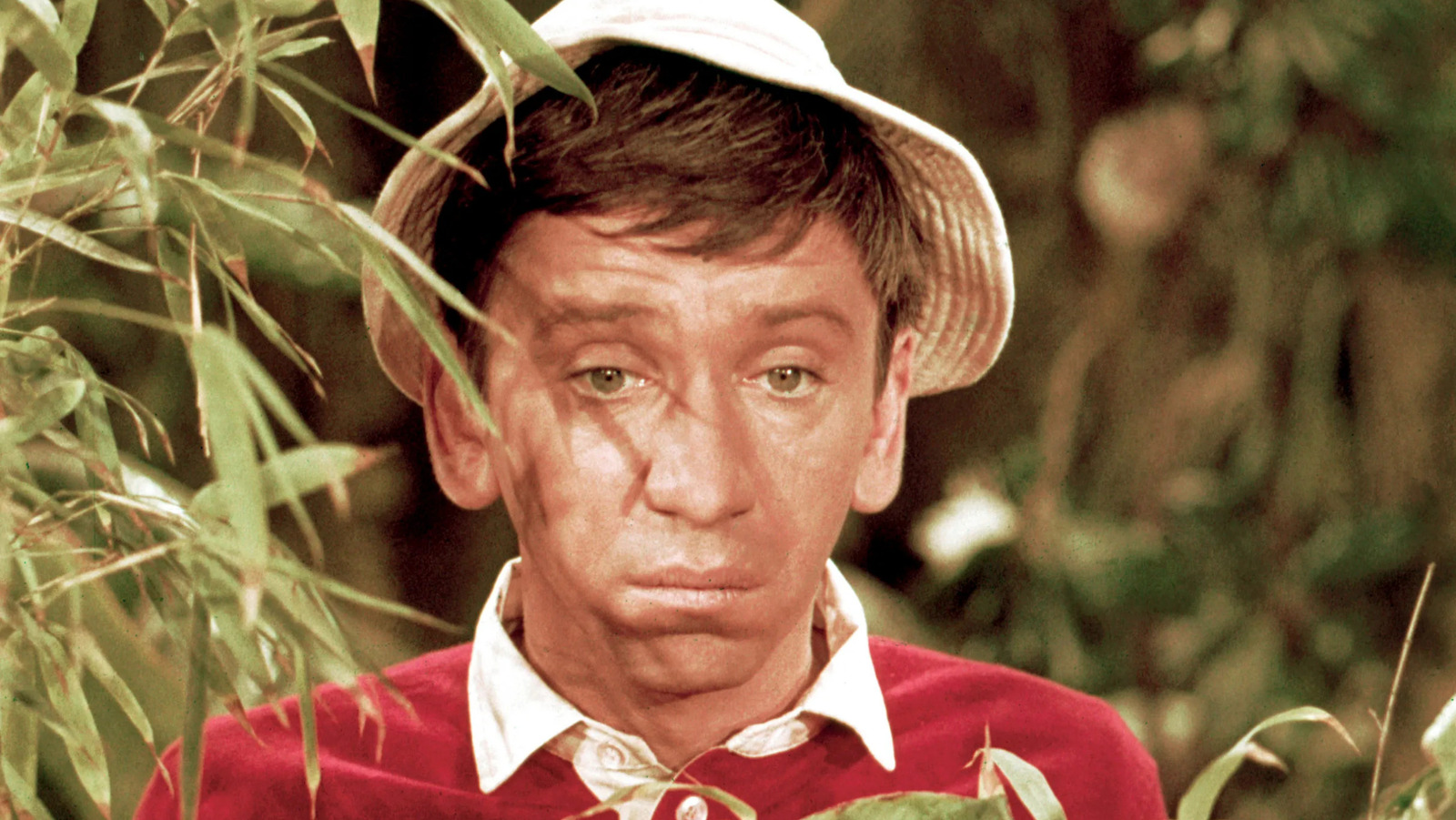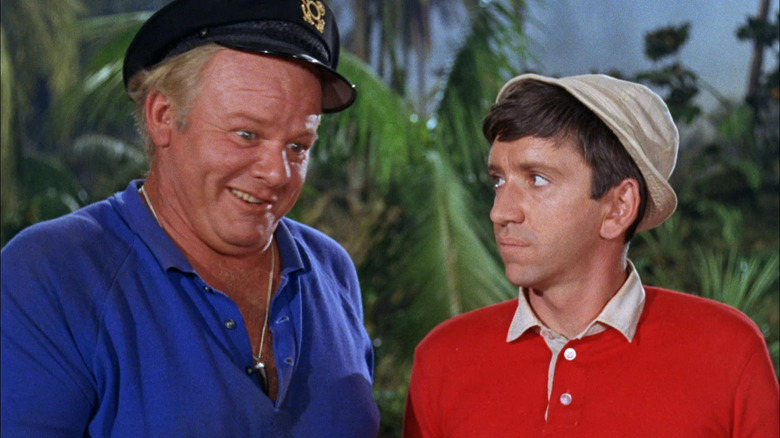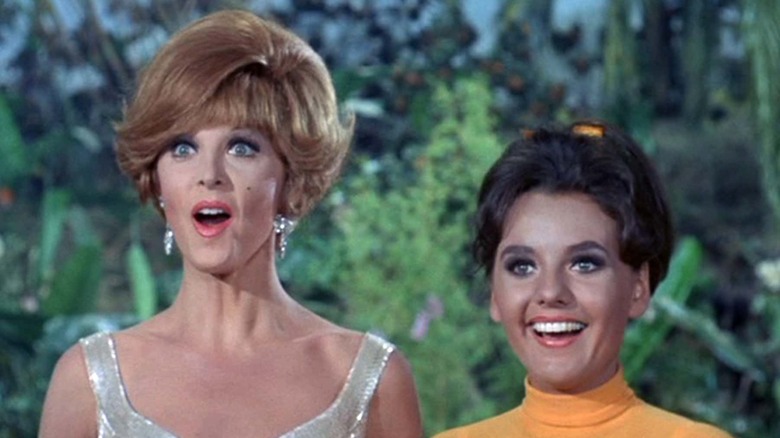
Way back before “Lost” graced our screens, there was the whimsical “Gilligan’s Island,” a desert island tale that rivaled its successor in the realm of fantasy. Over three seasons and 98 episodes (unfortunately cut short by circumstances beyond the show’s control), this series followed an eclectic band of castaways, who found themselves shipwrecked on a lush tropical island after their vessel was caught in a storm. Among them were first mate Gilligan (Bob Denver), the Skipper, Captain Jonas Grumby (Alan Hale Jr.), the millionaire Thurston Howell III (Jim Backus) with his spouse Lovey (Natalie Schafer), glamorous movie star Ginger Grant (Tina Louise), the Professor, Rob Hinkley (Russell Johnson), and farm girl Mary Ann (Dawn Wells). Remarkably, they all carried everything they could ever need on their fabled three-hour tour. However, while the implausibility of their situation might have raised eyebrows at a CBS executive meeting, Sherwood Schwartz’s pitch for the series was well received by the network.
In his book “Inside Gilligan’s Island: From Creation to Syndication”, Schwartz describes an intense conversation with CBS Television president James T. Aubrey, who, during the 1960s, had led CBS to dominate the ratings over competitors ABC and NBC. During this meeting, attended by network executives William S. Paley and Frank Stanton, Aubrey proposed a significant change in direction for the show. He suggested that instead of the island setting, the shipwreck should only occur in the pilot episode. In each subsequent episode, Gilligan and the Skipper would be taking new groups of passengers to different exotic destinations after the castaways were rescued. However, Schwartz was far from convinced by this idea.
Gilligan’s Island was almost Gilligan’s Travels

For CBS executive James T. Aubrey, “Gilligan’s Travels” seemed like an unbeatable concept. Given that both “The Love Boat” and “Fantasy Island” were massive hits during the ’70s and ’80s, Aubrey’s intuition was reasonable, but he erred in his assessment of “Gilligan’s Island.” He believed that creator Sherwood Schwartz was overlooking an opportunity to create a weekly TV travel guide starring a fresh cast of characters, with celebrity guest stars. Moreover, having a show set on a deserted island seemed complex and would necessitate a great deal of explanation for viewers to comprehend why the stranded individuals couldn’t leave. Fortunately, Schwartz had a remedy: “The Ballad of Gilligan’s Island.
Regardless of whether you’ve watched an episode of “Gilligan’s Island,” you’re probably familiar with its theme song, a catchy tune that summarizes the unfortunate voyage of the SS Minnow. Regular viewers will remember that the ship departed with five passengers for a three-hour tour, encountered a massive storm, and ended up stranded on a desert island. The song, which encapsulates these exact events, served as sufficient introduction to the series, giving Schwartz confidence that audiences would embrace its unique concept. (This method was later applied by Schwartz in his other successful series, “The Brady Bunch,” where each episode began with a theme song about a woman and her three daughters who met a man named Brady with three sons of his own.) Impressed, Aubrey agreed, and “Gilligan’s Island” was created.
Gilligan’s Island was about society learning to co-exist

Back in the 90s, creator Sherwood Schwartz shared with the TV Academy his idea behind “Gilligan’s Island”: it was all about exploring what he considered as the most crucial concept of our time – a diverse group of folks, each coming from unique walks of life, learning to cooperate and survive when thrust into an unexpected predicament. Given that the show ran from 1964 to 1967, during the height of the Civil Rights Movement, it’s no surprise he was so passionate about this theme. Although a multi-racial cast might have added depth, the times were tough – many Southern states still enforced laws against interracial marriage, and any show daring enough to hint at such an idea would’ve faced boycotts.
Despite the fact that “Gilligan’s Island” didn’t have a conclusive ending (the castaways never managed to escape the island), this didn’t diminish the show’s lasting impact. In fact, it added an element of enchanting realism to the series, as Gilligan and the others learned to coexist harmoniously through some clever inventions by the Professor. Later on, three television movie sequels were produced, featuring the castaways being rescued only to find themselves shipwrecked again and again. Schwartz attempted to create a “Gilligan’s Island” feature film adaptation that would have built upon the success of “The Brady Bunch” movie, but it never got off the ground. Nevertheless, his initial idea certainly took flight.
Read More
- Gold Rate Forecast
- Mech Vs Aliens codes – Currently active promos (June 2025)
- Silver Rate Forecast
- Honor of Kings returns for the 2025 Esports World Cup with a whopping $3 million prize pool
- Kanye “Ye” West Struggles Through Chaotic, Rain-Soaked Shanghai Concert
- Arknights celebrates fifth anniversary in style with new limited-time event
- PUBG Mobile heads back to Riyadh for EWC 2025
- Every Upcoming Zac Efron Movie And TV Show
- Superman: DCU Movie Has Already Broken 3 Box Office Records
- USD CNY PREDICTION
2025-07-23 00:30